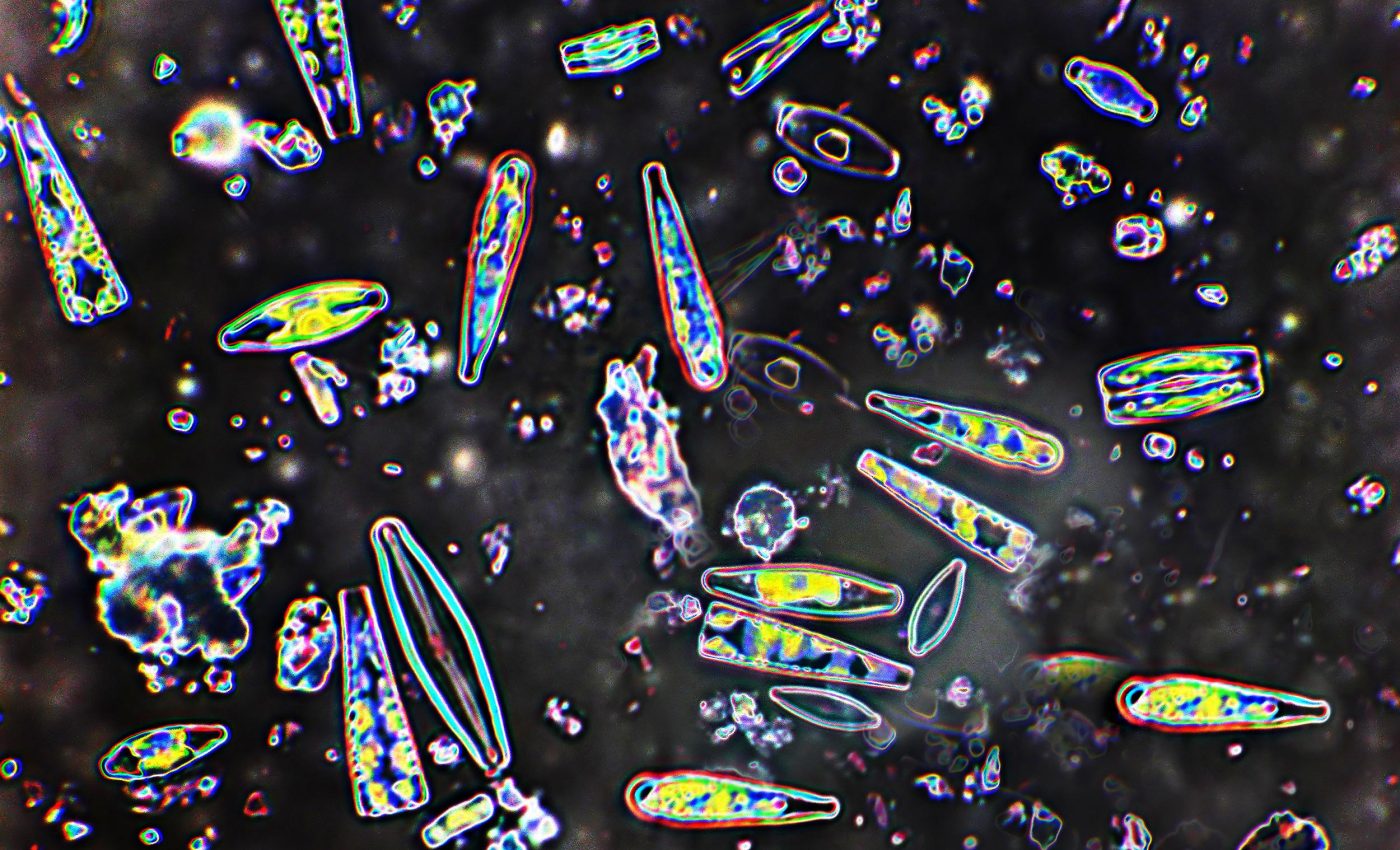
Phytoplankton changes found in Antarctic waters could impact food webs and carbon storage
Phytoplankton in the waters around Antarctica are changing – and the shift could have big consequences for the climate and the entire Southern Ocean ecosystem.
Over the past 25 years, scientists have used satellite data to track changes in the makeup of these microscopic organisms.
Their findings point to a long-term, climate-driven transformation in the region’s marine environment – one that could weaken the ocean’s ability to capture and store carbon.
Detecting shifts in phytoplankton
The study was focused on data from the European Space Agency’s Climate Change Initiative (ESA’s CCI) and more than 14,000 samples collected between 1997 and 2023. The goal was to analyze changes in phytoplankton populations.
Alexander Hayward, Earth System Scientist at the Danish Meteorological Institute and lead-author on the paper, explained how the research team used ESA’s CCI data in the study.
“We built machine-learning models using in-situ samples, which we then combined with data from the European Space Agency, such as sea surface temperature, ocean color and sea ice concentration, to track changes in different phytoplankton groups over time,” Hayward explained.
Decline in diatoms
The team identified key changes in the balance of phytoplankton types across the Southern Ocean.
“We observed major reductions in diatom populations between 1997-2016 – a period where sea ice increased,” noted Hayward.
“From 2016 onwards, the satellite record revealed a slight rebound in Antarctic diatom populations, and a related group of marine algae – cryptophytes – rapidly proliferated.”
The researchers found that diatoms – large, carbon-absorbing phytoplankton – fell sharply during the first two decades of the study.
After sea ice retreated in 2017, diatom numbers began to recover in some regions, while smaller phytoplankton such as cryptophytes and haptophytes continued to grow.
In West Antarctica, however, diatom populations have continued to decline.
Not all phytoplankton are equal
Phytoplankton are the foundation of the Antarctic marine food web. Diatoms, haptophytes, and cryptophytes make up the bulk of the microscopic life in these waters.
Diatoms alone account for nearly half of the phytoplankton here, with haptophytes close behind.
But these organisms don’t all play the same role. Diatoms are heavy hitters when it comes to carbon.
Their hard silica shells trap carbon dioxide, and when diatoms die and sink, they carry that carbon to the ocean floor. They also feed krill – the tiny crustaceans that feed whales, penguins, and seals.
The smaller types, like haptophytes and cryptophytes, don’t store carbon as effectively. So a long-term shift away from diatoms could weaken one of the ocean’s most important carbon storage systems.
“If we observe a decrease in the number of diatoms, it is likely that the biological carbon pump will weaken, resulting in less carbon dioxide being transported to the deep sea,” said Hayward.
“Now more than ever, we need more research and observation to monitor the changes in this sensitive ecosystem. What’s happening at the microscopic level could impact the climate itself and needs our attention.”
Satellites track phytoplankton shifts
You might wonder how a satellite flying 815 kilometers above Earth can tell anything about microscopic plankton. It doesn’t see the organisms directly. Instead, satellites like Copernicus Sentinel-3 measure the light reflected off the ocean’s surface.
Changes in that light – especially in the green and blue parts of the spectrum – signal the presence of chlorophyll and other pigments used in photosynthesis.
Different phytoplankton groups have distinct pigment profiles. When combined with data from water samples, these color signals help scientists map where different phytoplankton are and how their populations are changing over time.
Climate, carbon, and the ocean
Phytoplankton extract carbon from the air, fuel entire ecosystems, and are closely connected to climate change. But long-term records of how these creatures function exist in short supply.
That is why ESA is creating a new project known as Phyto-CCI. It will utilize advanced satellite methods for tracking phytoplankton changes from space, and make it possible for scientists to comprehend their contribution to ocean health and the global climate.
As this research illustrates, the Southern Ocean is already in transition due to climate pressures. What will follow depends not only on ice and temperature – but also on these invisible microorganisms that underpin the entire food chain.
The full study was published in the journal Nature.
Image Credit: NASA Earth Observatory
—–
Like what you read? Subscribe to our newsletter for engaging articles, exclusive content, and the latest updates.
Check us out on EarthSnap, a free app brought to you by Eric Ralls and Earth.com.
—–













